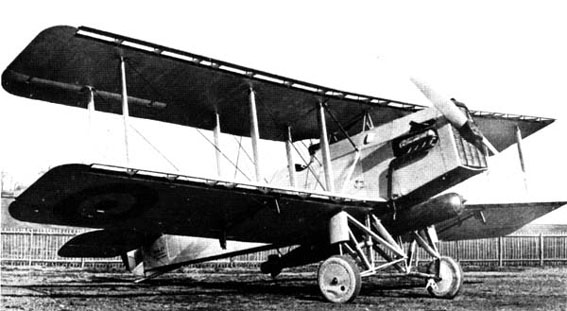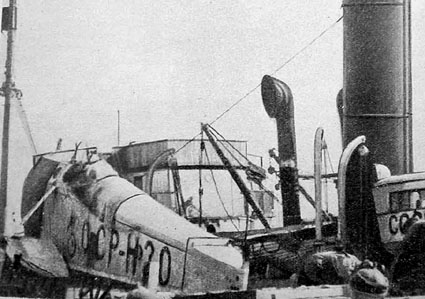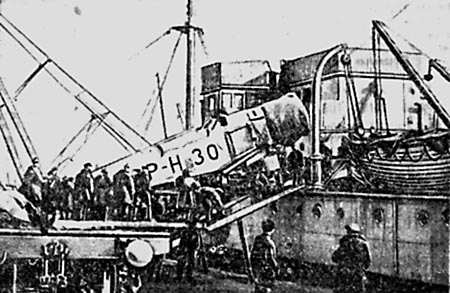 | ||
 |
 |
 |
 |
 |
 |
"Arctic Sensation" The Handley Page Hanley in Soviet Civil Aviation Service © Lennart Andersson |
When you finally decide that you have turned every stone and that it is time to publish your findings in the form of a book or an article, you just have to count the days until something new that you had not even heard of turns up. Almost simultaneously with the publication of Aeroflot Origins (Apali, Red Stars 6) the ardent participants on a Russian aviation forum unveiled the existence of an aircraft type in civil aviation that was previously completely unknown.
Only three prototypes (N143-N145) were built of the Handley Page HP 19 Hanley torpedo-bomber and the first example was first flown in March 1922. The HP 19 was a single-seat single-engined biplane fitted with fixed full-span slats and folding wings and these features were intended to facilitate its service on board the deck of an aircraft carrier. The HP 19, which was also called the "T Type", could carry armament in the form of a single torpedo, slung between the undercarriage legs. Handley Page received an enquiry early in 1922 from a Russian trade mission for a torpedo-bomber. This resulted in the export via Arcos Ltd to Leningrad of N144 and a second machine, which was new-built to this order. Both aircraft were delivered in the summer of 1923. They were taken on charge by the so-called Ostechbyuro (OTB), an air force department responsible for the development of mines and torpedoes. 
Experimental work with torpedoes dropped from the Handley Page aircraft continued until 1926. The torpedoes were stabilized in the air by a parachute and radio-controlled in the water. In connection with these trials N144, which had crashed, was rebuilt as a two-seater. The other machine was also modified in the same way, and the HP 19s were allegedly later relegated to use as trainers, although nothing is known about their final fates. In connection with the "Chelyuskinets" rescue operation in 1934 one of the HP 19s, referred to as the "T-4", was transferred to the GU SMP (Polyarnaya aviatsiya/Polar aviation) and was registered as CCCP-H30. The reason for this was that, considering its short-take-off-and-landing capabilities it was considered especially suited for operations from ice. Early in March 1934 it was sent by train from Leningrad to Vladivostok, where it was loaded on the steamship "Sovet". It was flown by F E Bolotov, who had earlier participated on a long-distance flight from Moscow to New York with Tupolev ANT-4 "Strana Sovetov". It seems likely that the HP 19 was then either scrapped or quickly returned to military aviation after the flight in the Arctic, because already in June 1934 the registration CCCP-H30 was re-issued to another aircraft. 
With thanks to all on Polyanaya pochta segodnya (http://www.polarpost.ru/forum) |